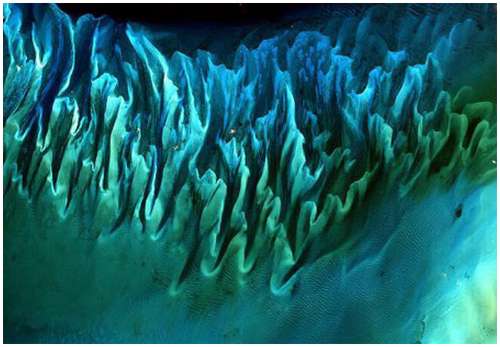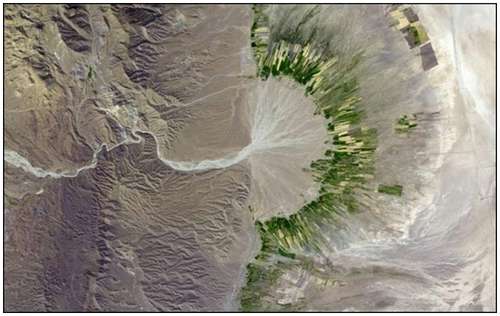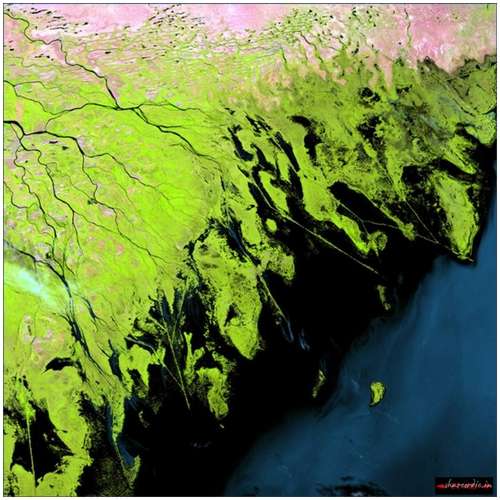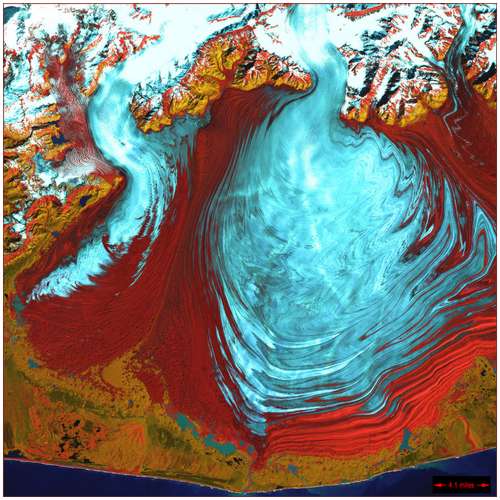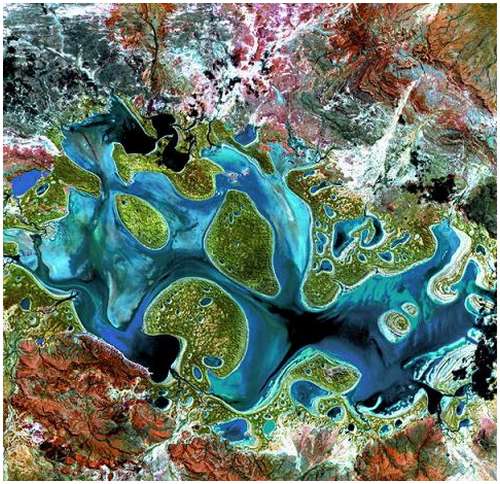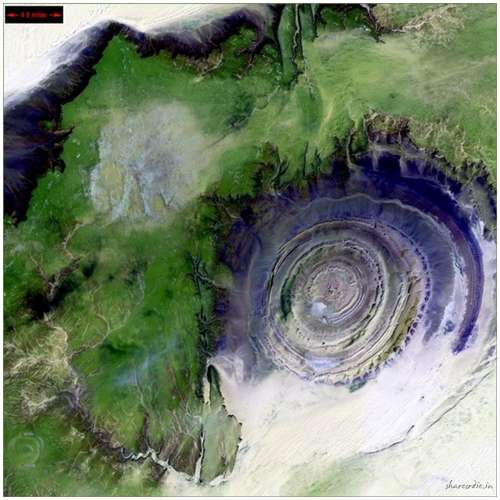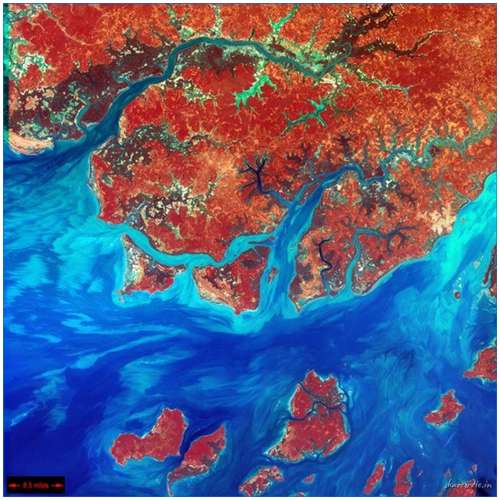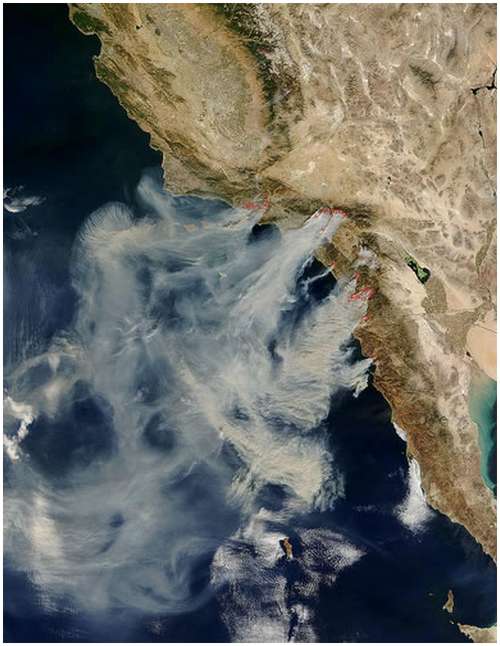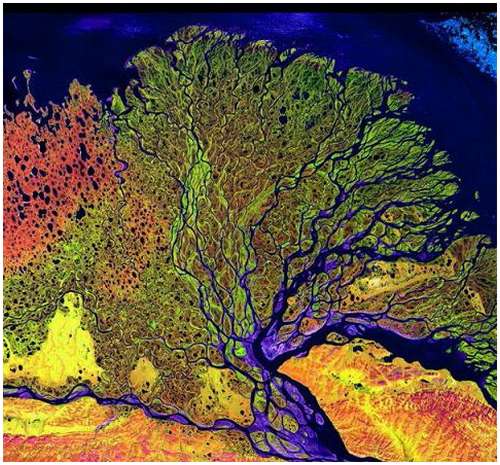The Taj Mahal (Devanagari: ताज महल, Nastaliq: تاج محل) is a mausoleum located in Agra, India. The Mughal Emperor Shah Jahan commissioned it as a mausoleum for his favorite wife, Mumtaz Mahal. Construction began in 1632 and was completed in approximately 1648. Some dispute surrounds the question of who designed the Taj Mahal; it is clear a team of designers and craftsmen were responsible for the design, with Ustad Ahmad Lahauri considered the most likely candidate as the principal designer.
The Taj Mahal (sometimes referred to as the "Taj") is generally considered to be the best example of Mughal architecture, a style that combines elements of Persian, Turkish, Indian and Islamic architectural styles. While the arched white marble mausoleum is the most famous part of the monument, the Taj Mahal is actually an integrated complex of structures. In 1983 the Taj World Heritage list of UNESCO and was called a "jewel of Muslim art in India and one of the world admired masterpieces of the world's heritage."Origin and inspiration
 In 1631 Shah Jahan, emperor during the Mughal's period of greatest prosperity, was griefstricken when his third wife, Mumtaz Mahal, died during the birth of their daughter Gauhara Begum, their fourteenth child. Contemporary court chronicles concerning Shah Jahan's grief form the basis of the love story traditionally held as the inspiration for the Taj Mahal.
In 1631 Shah Jahan, emperor during the Mughal's period of greatest prosperity, was griefstricken when his third wife, Mumtaz Mahal, died during the birth of their daughter Gauhara Begum, their fourteenth child. Contemporary court chronicles concerning Shah Jahan's grief form the basis of the love story traditionally held as the inspiration for the Taj Mahal.Construction of the Taj Mahal was begun soon after Mumtaz's death. The principal mausoleum was completed in 1648, and the surrounding buildings and garden were finished five years later. Visiting Agra in 1663, the French traveller François Bernier wrote the following:
I shall finish this letter with a description of the two wonderful mausoleums which constitute the chief superiority of Agra over Delhi. One was erected by Jehan-guyre [sic] in honor of his father Ekbar; and Chah-Jehan raised the other to the memory of his wife Tage Mehale, that extraordinary and celebrated beauty, of whom her husband was so enamoured it is said that he was constant to her during life, and at her death was so affected as nearly to follow her to the grave.




